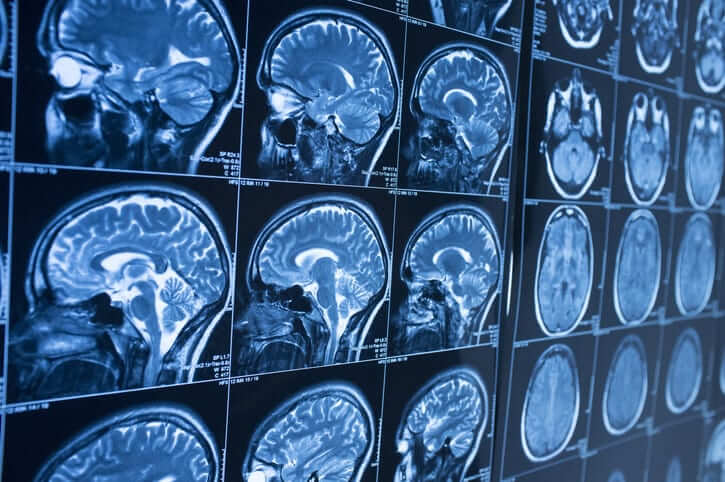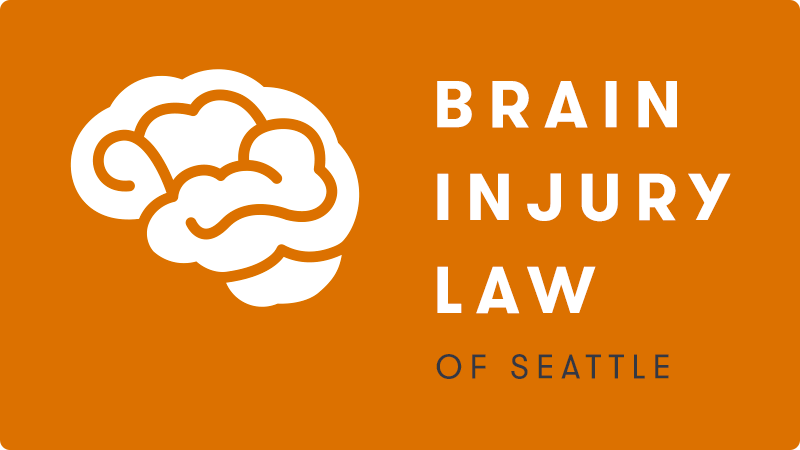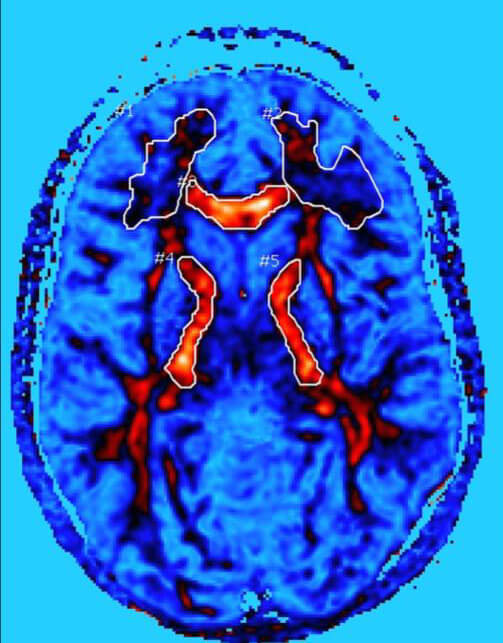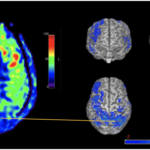Traumatic brain injury is a contributor to worker’s compensation claims. According to the National Council on Compensation Insurance (NCCI), 17% of claims between $3 and $5 million and 30% of $10+ million worker’s compensation claims were for traumatic brain injury, which includes CTE brain injury.
The precise number of American workers with CTE is unknown, partly because doctors diagnose the condition post-mortem. However, research suggests that 17% of people who experience a traumatic brain injury develop chronic traumatic encephalopathy (CTE). Given the chronic and debilitating effects of CTE on people known to have it, CTE is likely to contribute substantially to worker’s compensation claims, missed work, and medical costs resulting from traumatic brain injury.
Page Contents
What Is CTE Brain Injury?
Researchers often associate CTE brain injury with athletes. One of the names for CTE is dementia pugilistica, Latin for “boxer’s dementia.” However, any workplace factor that could cause a head injury could contribute to CTE brain injury.
Some workplace causes of CTE include:
- Falls from scaffolding
- Forklift rollover accidents
- Slip and fall accidents
- Incidents of workplace violence
- Motor vehicle accidents while on the job
Research on the relationship between different types of workplace brain injuries and CTE is ongoing. In these early stages, patients often face an uphill battle to convince insurance companies and courts of the validity of their condition.

Symptoms of CTE – Chronic Traumatic Encephalopathy
Chronic traumatic encephalography has symptoms that resemble the acute effects of traumatic brain injury and neurodegenerative disorders, such as:
- Alzheimer’s disease
- Parkinson’s disease
- Motor neuron disease
CTE causes many symptoms, according to the Mayo Clinic:
- Memory loss
- Apathy
- Personality changes
- Depression
- Suicidal thoughts or suicide attempts
CTE has two stages: an initial phase that causes cognitive and memory changes and a later stage that occurs later in life. The late stage presents as a form of dementia that resembles Alzheimer’s disease and Parkinson’s disease.
This dual nature of CTE deals a double blow to workers who suffer from traumatic brain damage. A worker in their prime earning years can experience a loss of productivity and even prolonged unemployment that can prevent them from building a nest egg due to CTE. Later in their lives, workers who might otherwise have a comfortable retirement might instead face dementia and disability with limited financial resources.
Causes of CTE
Researchers cannot predict who will develop CTE; concussions do not necessarily cause CTE but can increase the risk that it will develop. Immediately following a concussion or mild traumatic brain injury, people experience loss of memory, difficulty paying attention, and sensory problems.
Later, they can develop acute symptoms, especially if a person experiences multiple TBIs over time. In the late-stage symptoms of CTE, the abnormal proteins cause neurons to die and brain areas to atrophy.
The link between CTE and traumatic brain injury is crucial because it suggests that workplace safety can prevent CTE by protecting workers from the initial traumatic brain injury with safety equipment and a safe working environment.
CTE Diagnosis and Treatment
Contact our dedicated team today if your history of repeated traumatic brain injury and symptoms leads you to believe that you might have CTE.
How Is CTE Diagnosed?
Unfortunately, the diagnostic criteria for CTE are abnormal proteins that build up in the brain, similar to those found in Alzheimer’s disease. These proteins typically show up on autopsy. Absent a diagnosis at autopsy, the symptoms can indicate CTE brain damage if doctors rule out other causes.
CTE Treatment
There is no specific treatment for cases of CTE brain injury. However, doctors can assist patients with CTE in managing their symptoms, maintaining their mental health, and improving their ability to live and work independently.
Support from friends and community members can make it easier to handle the challenges of daily life. Patients with CTE can benefit from comprehensive neurological care, psychiatric care, and physical therapy. An attorney can be a beneficial source of guidance.
Related Articles
BRAIN INJURIES REHABILITATION
Anoxic Brain Damage Symptoms
Heal Road Rash
How Long After Hitting Head Can Concussion Symptoms Start
Get Legal Help from the Brain Injury Law of Seattle Today!
If you have suffered a traumatic brain injury, do not wait for your symptoms to worsen. Brain Injury Law of Seattle zealously represents clients in personal injury, wrongful death, and worker’s compensation cases. We give our clients resources as they seek benefits and access to vital medical care.
Find experienced representation and get help filing worker’s compensation and taking legal action against anyone who contributed to your CTE brain injury. Call our firm for a consultation with an attorney who cares about your personal, professional, and financial future.






